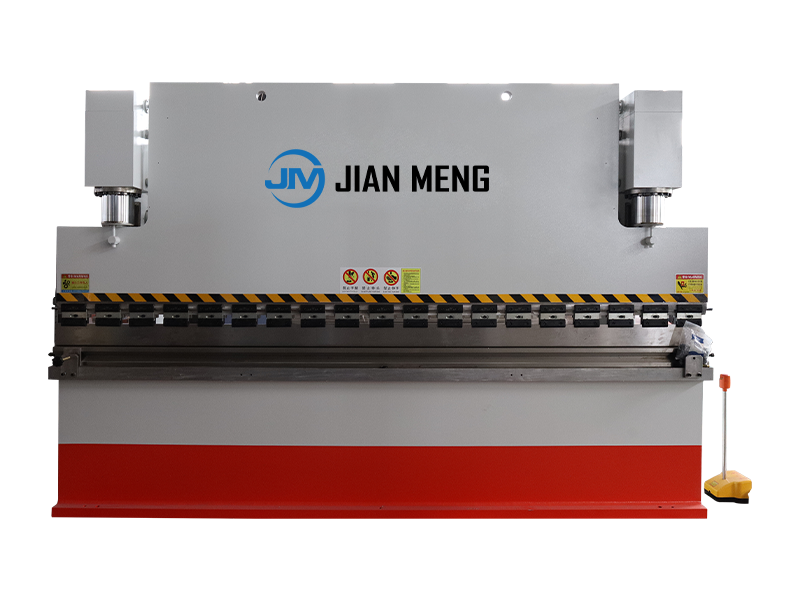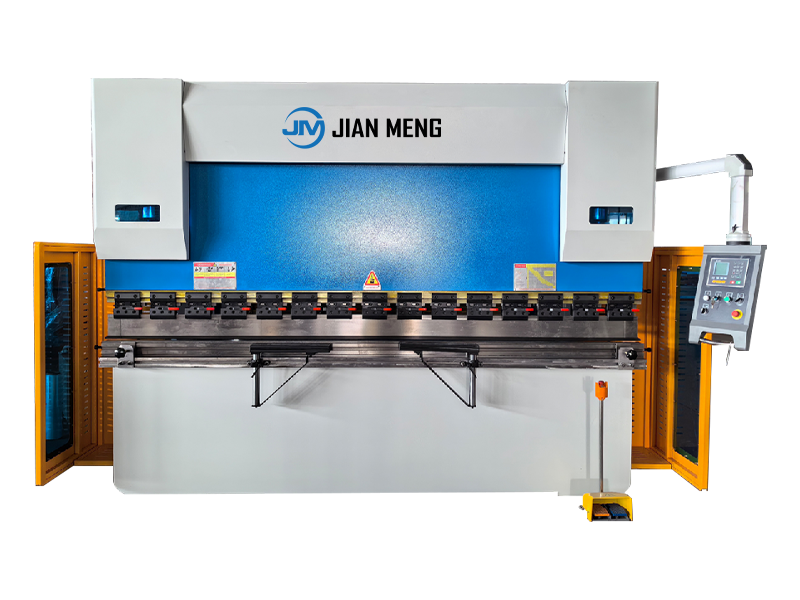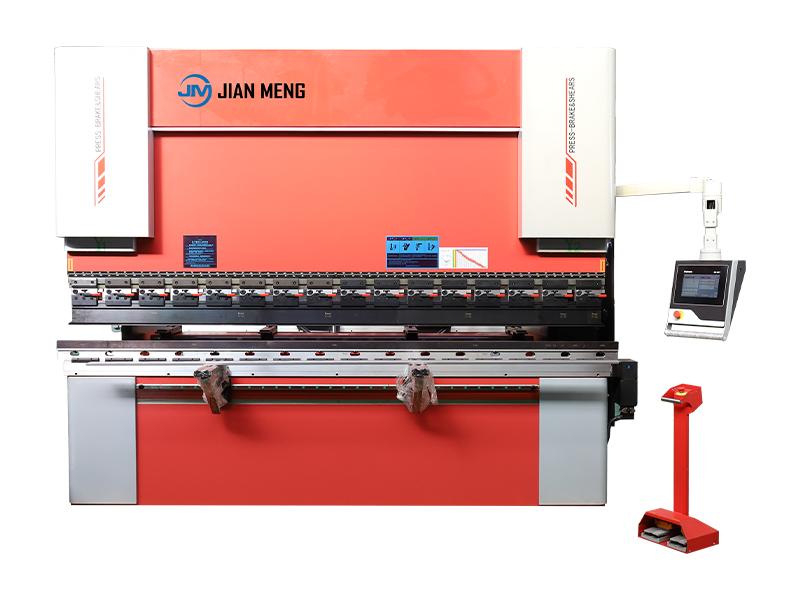In modern manufacturing, pneumatic forming machines—which use compressed air to apply controlled force for material shaping—are valued for their speed, precision, and gentleness with delicate materials. From automotive component production to electronics miniaturization, these machines excel in applications requiring consistent pressure delivery and rapid cycle times. Selecting the right model, however, requires aligning its technical capabilities with your production goals, material properties, and quality standards. This guide outlines a systematic approach to evaluating pneumatic forming machines, covering key criteria, machine types, application适配, and implementation best practices.
1. Core Definition & Operational Advantages
A pneumatic forming machine converts compressed air (typically 6–10 bar, regulated via valves) into linear or directional force to deform materials (metals, plastics, composites) into desired shapes. Unlike hydraulic machines (which use fluid pressure), pneumatic systems offer:
- Faster Cycle Times: Compressed air acts instantaneously, reducing “time-to-force” by 30–50% vs. hydraulics—critical for high-volume production.
- Gentle Force Application: Pressure ramps up gradually, minimizing damage to fragile materials (e.g., thin metal foils, thermoplastic films).
- Low Maintenance: Fewer moving parts (no hydraulic fluid reservoirs, filters, or seals) reduces downtime and operational costs.
- Clean Operation: No risk of fluid leakage, making them suitable for cleanrooms (e.g., electronics, medical device manufacturing).
These advantages make pneumatic forming machines ideal for applications like precision stamping, shallow drawing, and low-to-moderate force bending.
Pneumatic forming machines are categorized by their primary function and the geometry of parts they produce. Understanding these types is foundational to selection:
| Machine Type | Core Function | Key Technical Specs | Ideal Applications |
|----------------------------|--------------------------------------------------------------------------------|-------------------------------------------------------------------------------------|-------------------------------------------------------------------------------------|
| Pneumatic Precision Presses | Apply uniform, adjustable pressure (5–100 kN) to stamp, emboss, or assemble small-to-medium parts. | - Pressure regulation (±0.1 bar)<br>- CNC-controlled stroke length (0–200 mm)<br>- Integrated part detection sensors | Electronics: Forming micro-components (e.g., connector pins, sensor housings)<br>Medical: Stamping thin metal foils for diagnostic devices |
| High-Speed Pneumatic Forming Presses | Deliver rapid cycle times (100–500 cycles/min) for high-volume, repetitive shaping. | - Dual-air cylinder design (for fast extension/retraction)<br>- Hardened tooling mounts (for durability)<br>- Energy recovery systems (to reduce air consumption) | Automotive: Mass-producing small components (e.g., clips, brackets, gasket seals)<br>Consumer Goods: Forming plastic packaging (e.g., blister packs) |
| Spherical/Curved Surface Pneumatic Formers | Specialized for shaping convex/concave surfaces (e.g., domes, hemispheres) via symmetric air pressure. | - Multi-chamber air distribution (for uniform pressure across curved surfaces)<br>- Adjustable mold clamping force (5–50 kN)<br>- Laser profilometers (for in-process curvature verification) | Aerospace: Forming lightweight alloy domes (e.g., satellite enclosures)<br>Industrial: Manufacturing pressure vessel components (e.g., tank heads) |
| Pneumatic Sheet Metal Formers | Focus on bending, flanging, or shallow drawing of thin-gauge metal sheets (0.1–2 mm thick). | - Backgauges (±0.05 mm precision) for repeatable bending angles<br>- Air cushion systems (to prevent sheet wrinkling)<br>- Quick-change tooling (for batch flexibility) | HVAC: Forming ductwork elbows and fittings<br>Automotive: Shaping interior trim panels |
3. Critical Selection Criteria
To ensure the machine meets your production needs, evaluate the following technical and operational factors:
3.1 Production Volume & Cycle Time Requirements
- High-Volume Production (>10,000 parts/day): Prioritize high-speed pneumatic forming presses with cycle times <1 second per part. Look for features like automatic part feeding, integrated ejection systems, and energy-efficient air compressors (to reduce operating costs).
- Low-to-Medium Volume (<5,000 parts/day): A standard pneumatic precision press with manual or semi-automatic feeding is more cost-effective. Focus on quick tooling changeovers (e.g., magnetic die mounts) to handle frequent batch switches.
- Batch Flexibility: For custom or small-batch production, select machines with programmable CNC controls (e.g., touchscreen interfaces to store 50+ forming recipes) to minimize setup time between jobs.
3.2 Material Compatibility
Pneumatic forming machines perform best with materials that exhibit good ductility and low yield strength. Match the machine’s force capacity and tooling to your material:
| Material Type | Key Considerations | Recommended Machine Features |
|-----------------------------|-------------------------------------------------------------------------------------|-------------------------------------------------------------------------------------|
| Thin-Gauge Metals (0.1–1 mm: aluminum, copper, mild steel) | Susceptible to wrinkling or tearing—requires uniform pressure. | Air cushion systems, low-force ramps (0–5 kN), and polished tooling (to reduce friction) |
| Thermoplastics (e.g., PET, PP, ABS) | Soften under pressure—need temperature control to prevent deformation. | Integrated heating/cooling plates, pressure sensors (to avoid over-compression) |
| Composites (e.g., carbon fiber-reinforced polymer, CFRP) | Delicate fiber structures—require gentle, even force. | Multi-zone pressure control, vacuum assist (to hold parts in place), and non-marring tooling |
Critical Note: For high-strength materials (e.g., stainless steel >2 mm thick), verify the machine’s maximum force capacity—pneumatic systems typically top out at 100 kN; beyond this, hydraulic machines may be necessary.
3.3 Precision & Tolerance Requirements
- Tight Tolerances (±0.01–0.1 mm): Choose pneumatic precision presses with:
- Servo-controlled air regulators (for pressure stability).
- Linear encoders (to monitor stroke position).
- In-process inspection tools (e.g., vision systems to verify part dimensions).
Use Case: Electronics manufacturing (forming connector pins that require exact alignment).
- Moderate Tolerances (±0.1–0.5 mm): A standard pneumatic press with mechanical stops and pressure gauges will suffice.
Use Case: HVAC ductwork (bending sheet metal to 90° angles with minimal variation).
- Curved Surface Precision: For spherical/hemispherical parts, select machines with symmetric air distribution and real-time curvature measurement (e.g., laser scanners) to avoid ovality or uneven wall thickness.
3.4 Ergonomics & Operator Safety
Pneumatic forming machines must comply with global safety standards (e.g., OSHA 1910.217, EN ISO 13849) to protect operators. Key safety and ergonomic features to prioritize:
- Dual-Hand Controls: Prevent accidental activation by requiring two hands to start the forming cycle.
- Light Curtains/Safety Mats: Stop the machine if an operator’s hand or body enters the forming area.
- Ergonomic Design: Adjustable worktables (750–900 mm height), low-vibration operation (<60 dB), and easy access to tooling (to reduce operator fatigue).
- Error-Proofing: Sensors to detect missing parts, misaligned tooling, or low air pressure—preventing defective parts and machine damage.
3.5 Maintenance & After-Sales Support
Minimize downtime by selecting machines with:
- Modular Components: Easy-to-replace air cylinders, valves, and filters (no specialized tools required).
- Predictive Maintenance Features: IoT sensors to monitor air pressure, cylinder wear, and cycle count—alerting operators to maintenance needs before failures occur.
- Manufacturer Support:
- Local service centers (for quick repairs).
- Availability of spare parts (lead time <48 hours).
- Training programs for operators and maintenance staff.
Red Flag: Avoid manufacturers that do not provide detailed maintenance manuals or require exclusive use of proprietary parts (which increase long-term costs).
3.6 Total Cost of Ownership (TCO)
While upfront cost is important, TCO—including operating, maintenance, and energy costs—determines long-term value:
- Upfront Cost: High-speed or precision pneumatic machines range from $20,000–$150,000; standard presses cost $5,000–$30,000.
- Operating Costs: Air consumption (10–50 m³/h) accounts for 60–70% of operating costs. Select machines with energy-saving valves (e.g., proportional pressure regulators) to reduce air usage by 20–30%.
- Maintenance Costs: Pneumatic machines have 30–50% lower maintenance costs than hydraulic machines (no fluid changes or seal replacements).
Example: A $50,000 high-speed pneumatic press may cost $2,000/year to operate (air + maintenance), while a $30,000 hydraulic press could cost $4,500/year—making the pneumatic machine more cost-effective over 5 years.
4. Industry-Specific Application Guidelines
Pneumatic forming machines are tailored to industry needs—here’s how to align machine selection with sector requirements:
| Industry | Key Application Requirements | Recommended Machine Type |
|------------------------|-------------------------------------------------------------------------------------|-------------------------------------------------------------------------------------|
| Automotive | High volume (100,000+ parts/week), low-to-moderate precision, fast cycle times. | High-speed pneumatic forming presses with automatic feeding systems |
| Electronics | Miniature parts, tight tolerances (±0.01 mm), clean operation. | Pneumatic precision presses with cleanroom-compatible design (stainless steel frames, HEPA filters) |
| Aerospace | Curved surfaces (domes, enclosures), high material strength (titanium alloys), traceability. | Spherical surface pneumatic formers with laser inspection and data logging (for compliance with AS9100) |
| Medical Devices | Biocompatible materials (titanium, medical-grade plastics), sterile operation, zero contamination. | Pneumatic precision presses with FDA-approved lubricants and easy-to-clean tooling |
5. Step-by-Step Selection Process
Follow this structured approach to avoid costly mistakes:
1. Define Requirements: Document:
- Part specifications (dimensions, tolerance, material, volume).
- Production goals (cycle time, uptime target >95%).
- Facility constraints (space, air pressure availability, cleanroom classification).
2. Shortlist Manufacturers: Focus on suppliers with:
- Experience in your industry (e.g., automotive-certified for car component production).
- Compliance with relevant standards (e.g., ISO 9001 for quality, ISO 14001 for sustainability).
- Positive customer references (ask for case studies from companies of similar size).
3. Request Demos & Samples:
- Ask the manufacturer to run a test with your material and part design—verify cycle time, precision, and part quality.
- Inspect the machine’s build quality (e.g., welded frames, polished tooling) and ease of operation.
4. Negotiate Terms:
- Include a 30–90 day trial period (to validate performance in your facility).
- Secure a warranty (1–3 years for parts, 6–12 months for labor).
- Negotiate training and maintenance packages (e.g., free annual service for the first 2 years).
5. Plan Integration:
- Ensure the machine fits into your production line (check dimensions, power, and air requirements).
- Train operators and maintenance staff before commissioning.
- Develop standard operating procedures (SOPs) for setup, operation, and troubleshooting.


 English
English  中文
中文  Arabic
Arabic  Russian
Russian  Spanish
Spanish  Portuguese
Portuguese  French
French  German
German  Hindi
Hindi  Thai
Thai  Vietnamese
Vietnamese  Khmer
Khmer  Italian
Italian  Turkish
Turkish  Korean
Korean  Belarusian
Belarusian 



